| Plant Habit: | Shrub |
| Life cycle: | Perennial |
| Sun Requirements: | Full Sun Full Sun to Partial Shade |
| Water Preferences: | Wet Wet Mesic Mesic |
| Soil pH Preferences: | Strongly acid (5.1 – 5.5) Moderately acid (5.6 – 6.0) Slightly acid (6.1 – 6.5) Neutral (6.6 – 7.3) |
| Minimum cold hardiness: | Zone 4a -34.4 °C (-30 °F) to -31.7 °C (-25 °F) |
| Maximum recommended zone: | Zone 9b |
| Plant Height: | 6-8 feet |
| Plant Spread: | 4-6 feet |
| Leaves: | Good fall color Unusual foliage color Deciduous Other: Glossy, dark green leaves (to 3" long) are grayish-green beneath. Foliage turns bright red in autumn. |
| Fruit: | Showy Edible to birds Other: Best fruit production usually occurs in full sun. Attractive glossy red berries (3/8" diameter). Fruits ripen in late summer and persist throughout fall and well into winter. Fruits are sometimes used to make tasty jams and jellies. |
| Fruiting Time: | Late summer or early fall Fall Late fall or early winter Winter |
| Flowers: | Showy Blooms on old wood |
| Flower Color: | White Other: White to pinkish |
| Flower Time: | Spring |
| Suitable Locations: | Bog gardening |
| Uses: | Windbreak or Hedge Provides winter interest Erosion control Water gardens Will Naturalize |
| Wildlife Attractant: | Bees |
| Resistances: | Flood Resistant |
| Toxicity: | Other: Tart and bitter berries which are technically edible but so astringent as to cause choking in those who try. |
| Propagation: Other methods: | Cuttings: Stem Stolons and runners |
| Pollinators: | Various insects |
| Miscellaneous: | Tolerates poor soil Monoecious |
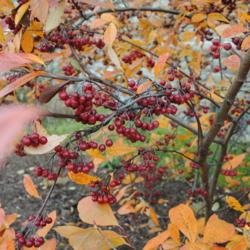

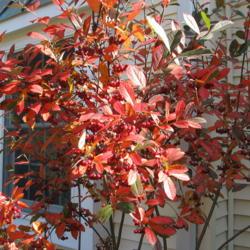
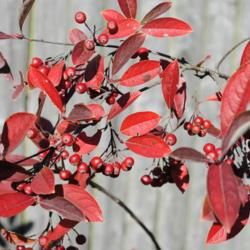
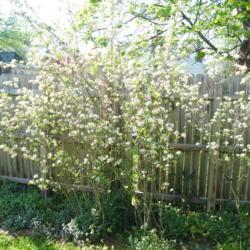
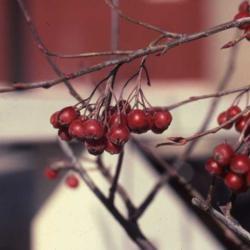
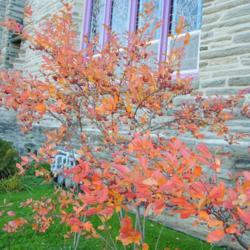
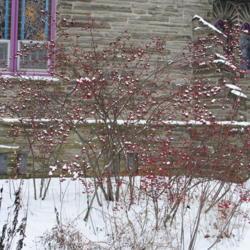
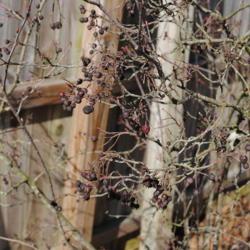
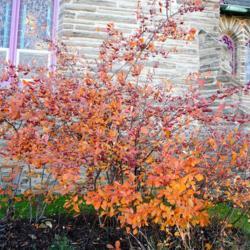
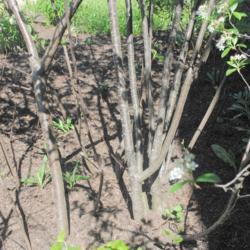
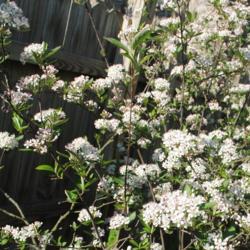

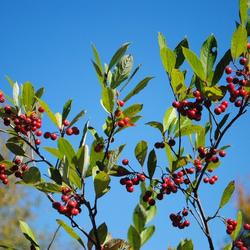
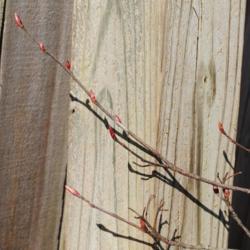

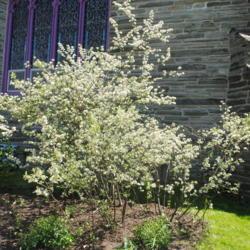

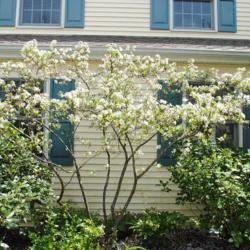



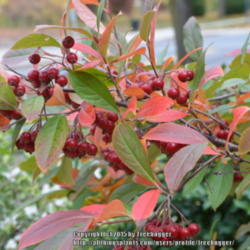

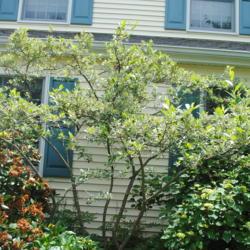
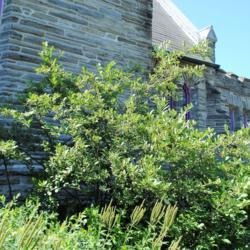
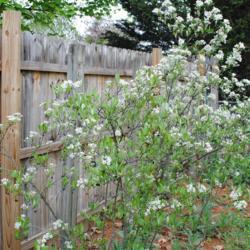

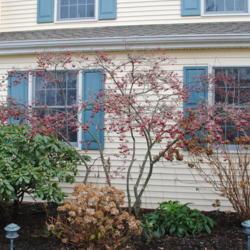


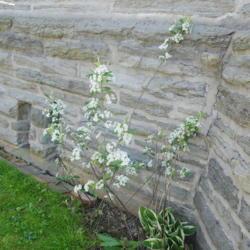

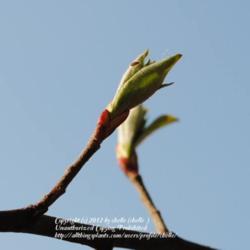
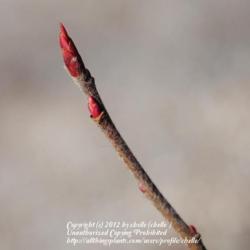
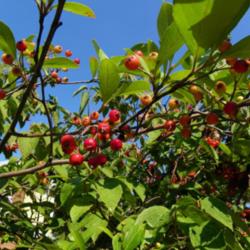
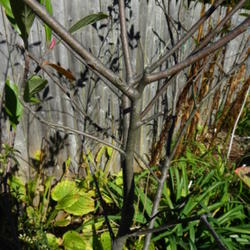

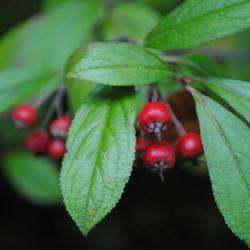
| christine2 | On June 4, 2021 | Obtained plant OV 1 |
| aspenhill | On April 27, 2013 | Obtained plant National Arboretum Plant Sale - qty 1 |